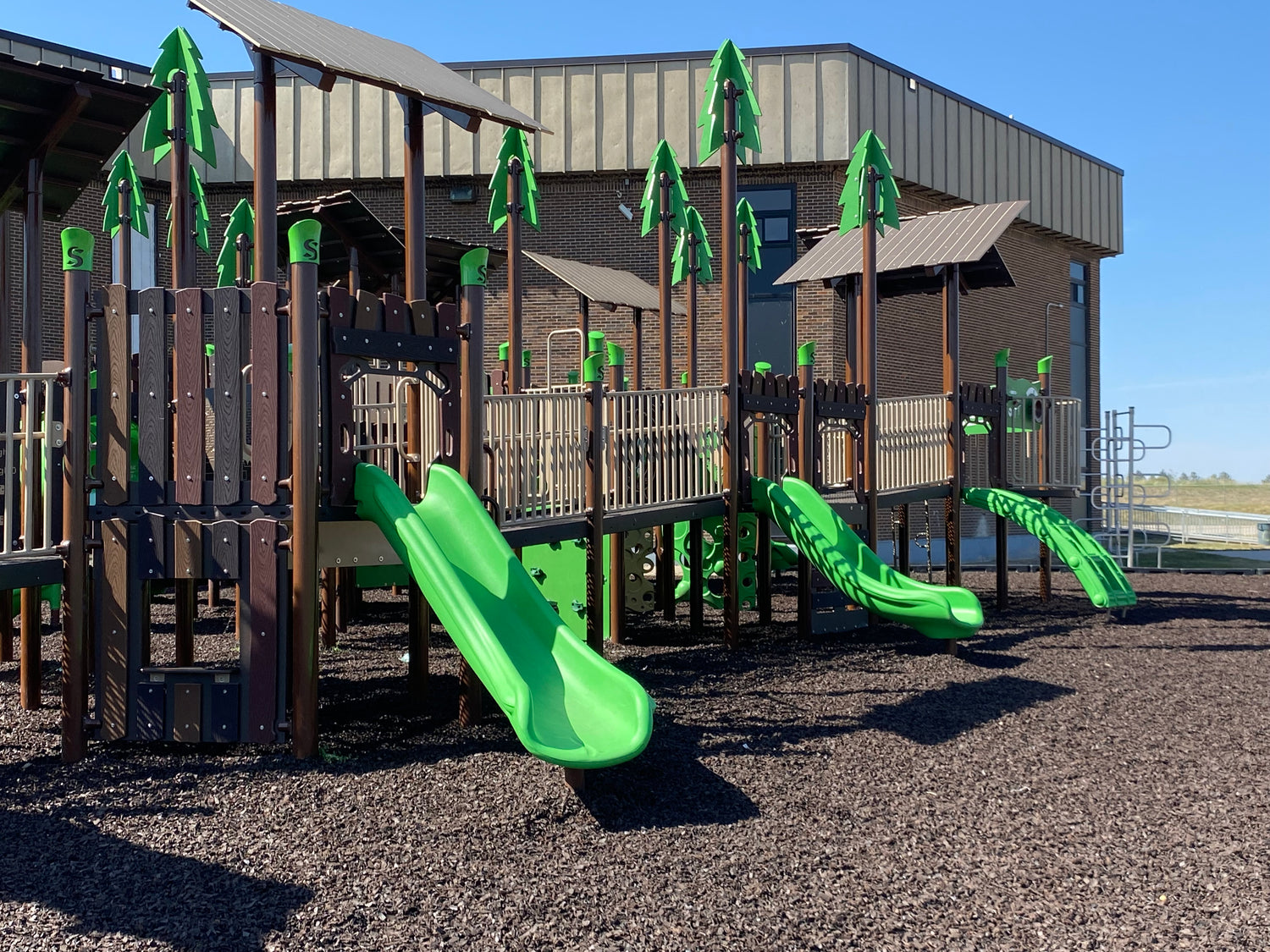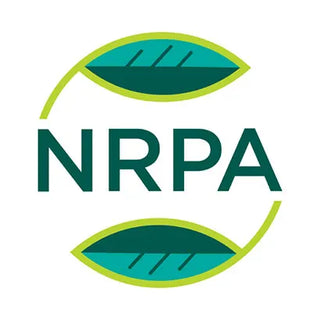
Playground safety is paramount for schools, community parks, and rec centers—areas children frequent. No matter the user’s age, kids must be kept safe from automobiles, floodwater, extreme heat, and other hazards. Safety responsibilities fall on you, the property manager, and many of the related precautions boil down to design and installation choices. In this article, The Playground Store—your go-to online shopping center for playground equipment and accessories—covers the essential points of creating and/or modifying a play area to maximize safety for children and their families.
Be mindful of nearby streets and parking lots
From a young age, children are taught to be wary of vehicular threats: to look both ways before crossing the street, to not play in parking lots, etc. That doesn’t mean, however, that we shouldn’t take steps to help reduce accidents—especially in or near playgrounds, where multiple youngsters play at once, and where rules are easily forgotten in the excitement of fun time. So how can playground design help protect users from car accidents?
For starters, mind your playground’s proximity to nearby streets and parking lots. Consider installing bollards and concrete wheel stops to help prevent vehicles from accidentally rolling into the playground area. Another solution is playground fencing, which the Environmental Rating Scales Institute recommends for any play area located thirty feet or less from any street or lot.
Consider the lay of the land and drainage to avoid standing water
The National Library of Medicine has published studies showing that drowning constitutes the second leading cause of death in children throughout the country. Standing water—no matter how shallow—compromises footing, disguises obstacles, and increases the likelihood of accidents at your playground. It also fosters the creation of mold and mildew, which presents a danger to children should they touch or consume it. When scouting locations for your playground, think about drainage and how a very slight slope can force water to flow away from the play area. Think also about surfacing options.
Invest in shade structures for playgrounds
Summer is the season when kids have the most free time—as they’re on break from school. As such, this will also be the time when your playground experiences the highest levels of traffic. Unfortunately, summer’s also the season when daily temperatures reach their annual peak and humidity levels rise. Children playing outside become more susceptible to heat stroke, dehydration, and sunburn. What’s more, the playground structures themselves become hot to the touch—as the sun’s rays beat down on them for hours at a time.
For all these reasons, we highly recommend installing play structures with built-in shade features. This commonly consists of conical roof-like structures positioned over the main play areas. These fixtures block damaging UV rays and help keep kids cool by keeping the sun off their skin. Playground shade also helps keep surface temperatures low, so that the safety railings, bars, and posts are not dangerous to touch. Another option is to install independent playground shade structures, which loom over your playground and cover its area with a protective sheet of material. While neither negates the need for sunscreen, breaks, and hydration, a sun shade goes a long way in enhancing playground safety.
Set up numerous trash receptacles in your playground
Maintaining a clean, litter-free playground is in your best interest and the best interest of your users. For this reason, we recommend setting up trash receptacles and recycle bins in your playground, where users can dispose of candy wrappers and water bottles—as well as any trash carried into your playground by the wind. Don’t forget that some debris can be hazardous to the touch. Children can easily cut themselves on broken glass and rusty metal (don’t forget that the latter requires a tetanus shot)! They can also trip over junk on the ground, resulting in scratches and bruises. Having receptacles for supervising adults to dispose of hazards contributes to maintaining a safe, user-friendly play environment.
Playground safety inspections
Schedule regular playground inspections with a CPSI (Certified Playground Safety Inspector). An inspector’s job is to survey your play area and provide a detailed document that: lays out non-compliant issues, lists hazards in order of importance, and provides information on how to resolve existing problems. Catching and addressing hazards early on helps avoid injuries in the long run. Please note that your playground must be audited before an inspection can be conducted.






